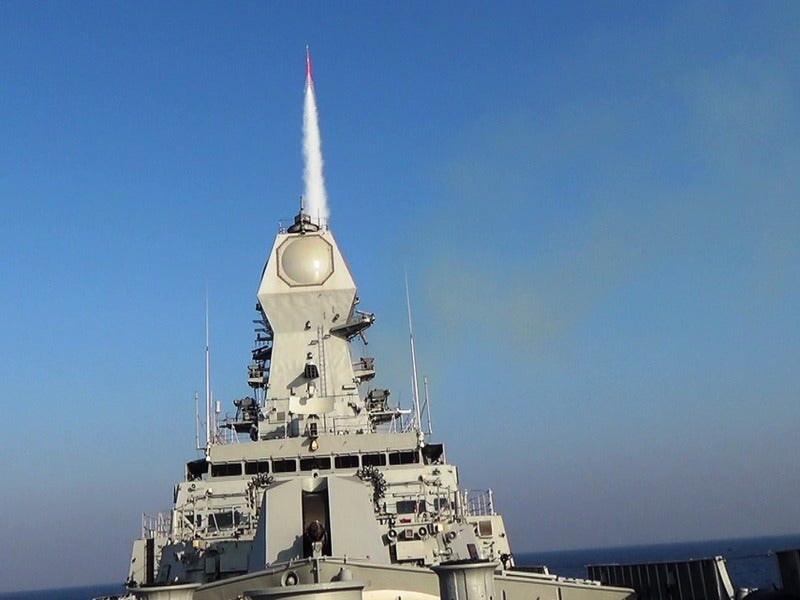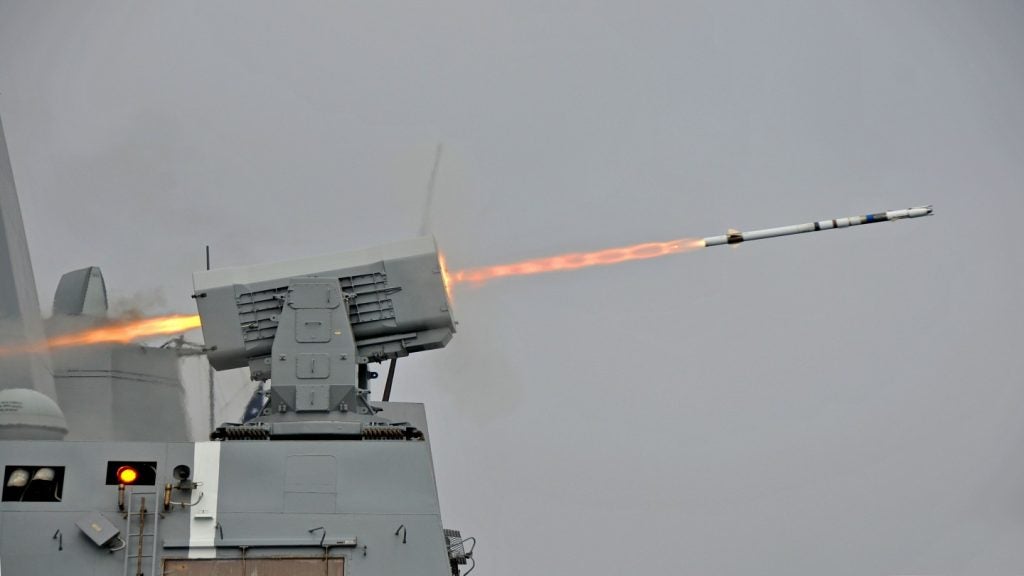
The Indian Navy has successfully test-fired the long-range surface-to-air missile (LRSAM) from warship INS Chennai, off the coast of Odisha.
During testing, the missile was launched to engage an aerial target flying at low altitude.
Jointly developed by Defence Research and Development Organisation (DRDO) and Israel Aerospace Industries (IAI) for the Indian Navy, the LRSAM missile directly hit the target and destroyed it.
The successful test-firing represents a key milestone in bolstering the Navy’s anti-air warfare capability.
According to the Indian Defence Ministry, all the mission objectives have been met during the test-firing.
Congratulating DRDO, Indian Navy and associated team members on the success, defence minister Nirmala Sitharaman tweeted: “India achieves a significant milestone with successful flight test of LRSAM on board INS Chennai. The missile directly hit a low flying aerial target.”
How well do you really know your competitors?
Access the most comprehensive Company Profiles on the market, powered by GlobalData. Save hours of research. Gain competitive edge.

Thank you!
Your download email will arrive shortly
Not ready to buy yet? Download a free sample
We are confident about the unique quality of our Company Profiles. However, we want you to make the most beneficial decision for your business, so we offer a free sample that you can download by submitting the below form
By GlobalDataIn December 2015, the LRSAM system underwent its maiden firing on board Kolkata-class guided-missile destroyer INS Kolkata.
The anti-air and anti-missile system also includes a multi-functional surveillance and threat alert radar (MF STAR) for detection, tracking and guidance of the missile.
Also known as Barak 8, the missile can counter-attack aircraft, unmanned aerial vehicles (UAVs) and incoming anti-ship missiles.
The missiles are developed under a contract signed by India with Israel in January 2006 to jointly develop a new generation LRSAM for Indian Navy ships.
LRSAM is capable of achieving a maximum speed of Mach 2 and has an operational range of 70km.
In a separate development, the Indian Navy commissioned Naval Air Station (NAS) Shibpur in the Andaman and Nicobar islands as INS Kohassa. It will be the third naval air base in the islands.
Established in 2001 as a Forward Operating Air Base for enhanced surveillance in North Andaman, NAS Shibpur currently operates short-range maritime reconnaissance aircraft and helicopters for surveillance and rescue missions.







